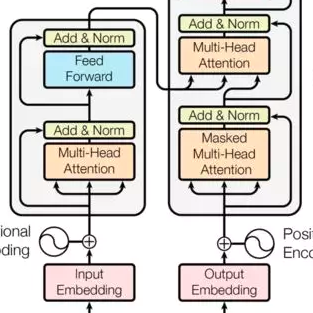Sketching out Graphical User Interface (GUI) layout is part of the pipeline of designing a GUI and a crucial task for the success of a software application. Arranging all components inside a GUI layout manually is a time-consuming task. In order to assist designers, we developed a method named GUILGET to automatically generate GUI layouts from positional constraints represented as GUI arrangement graphs (GUI-AGs). The goal is to support the initial step of GUI design by producing realistic and diverse GUI layouts. The existing image layout generation techniques often cannot incorporate GUI design constraints. Thus, GUILGET needs to adapt existing techniques to generate GUI layouts that obey to constraints specific to GUI designs. GUILGET is based on transformers in order to capture the semantic in relationships between elements from GUI-AG. Moreover, the model learns constraints through the minimization of losses responsible for placing each component inside its parent layout, for not letting components overlap if they are inside the same parent, and for component alignment. Our experiments, which are conducted on the CLAY dataset, reveal that our model has the best understanding of relationships from GUI-AG and has the best performances in most of evaluation metrics. Therefore, our work contributes to improved GUI layout generation by proposing a novel method that effectively accounts for the constraints on GUI elements and paves the road for a more efficient GUI design pipeline.
翻译:素描界面布局是GUI设计管道的一部分,也是软件应用成功的关键任务。手动排列GUI布局中的所有组件是一项耗时任务。为了帮助设计师,我们开发了一种名为GUILGET的方法,它可以从表示为GUI排列图(GUI-AGs)的位置约束自动生成GUI布局。其目标是通过生成逼真且多样化的GUI布局来支持GUI设计的初始阶段。现有的图像布局生成技术通常无法融入GUI设计约束。因此,GUILGET需要调整现有技术以生成遵守GUI设计特定约束的GUI布局。 GUILGET基于transformers以捕捉GUI-AG中元素之间的语义等关系。此外,该模型通过将每个组件放入其父布局、在同一父布局中不允许组件重叠以及组件对齐等损失的最小化来学习约束。我们在CLAY数据集上进行的实验表明,我们的模型最好地理解GUI-AG之间的关系,并且在大多数评估指标上表现最佳。因此,我们的工作通过提出一种新颖的方法有效地考虑了GUI元素约束,使GUI布局生成得到改进,并为更高效的GUI设计管道铺平了道路。



